
Recognizing the types of shoe soles helps people to choose according to their consumption when shopping. The soles of shoes are made of different materials such as polyurethane (Pu) – PVC (polyvinyl chloride), thermo (TPR). ), thermoplastic polyurethane (TPU), ethylene vinyl acetate (EVA), leather, etc. are made, and in this article we will examine each one and finally how to distinguish them:
This type of soles is one of the lightest types of soles and in terms of price, it has a higher price than others. These types of soles have a very high resistance to wear, cracking and moisture. To test the flexibility, you can bend it completely and you don’t have to worry about it breaking or cracking. These types of soles generally have very small holes or so-called very small bubbles, and they have a smoother, shinier, less textured and layered appearance than others, and the sound produced by this sole when walking is similar to a ticking sound.
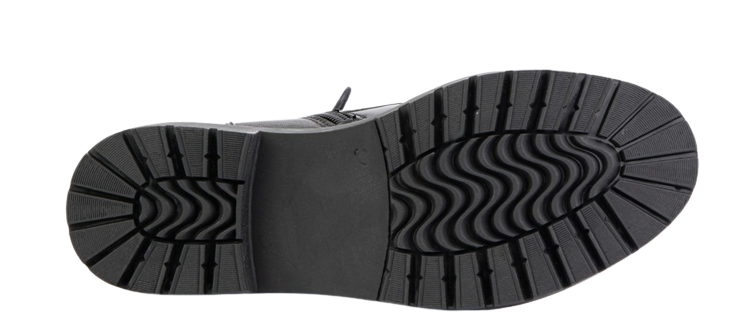
Thermoplastic polyurethane (TPU) is one of the materials used in the design of shoe soles. TPU is an elastomeric thermoplastic based on polyurethane and is produced from the combination of polyurethane polyester and MDI by injection molding.
This chemical composition is safe for the environment and has very high elasticity and resistance against wear, friction and heat.
This type of sole is transparent and colorless in general, so manufacturers can easily change it to the desired color.
The sound produced by this type of sole while walking is similar to pat pat.
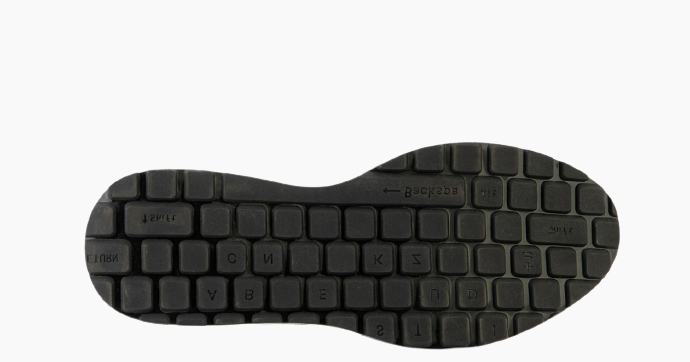
Ethyl vinyl acetate(EVA):
This type of sole is very light and cheap. It has the ability to absorb a lot of shock and impact. It is produced by injection molding and extrusion. It is very soft and flexible and has a matte appearance. It creates a high possibility of slipping on wet surfaces. The tissue structure is filled with small air cells, which will gradually lose its original state after use, and will not return to its previous state and will be crushed. The sound of walking with this sole is generally not heard, but after excessive use, sometimes A squeaking sound can be heard from it.
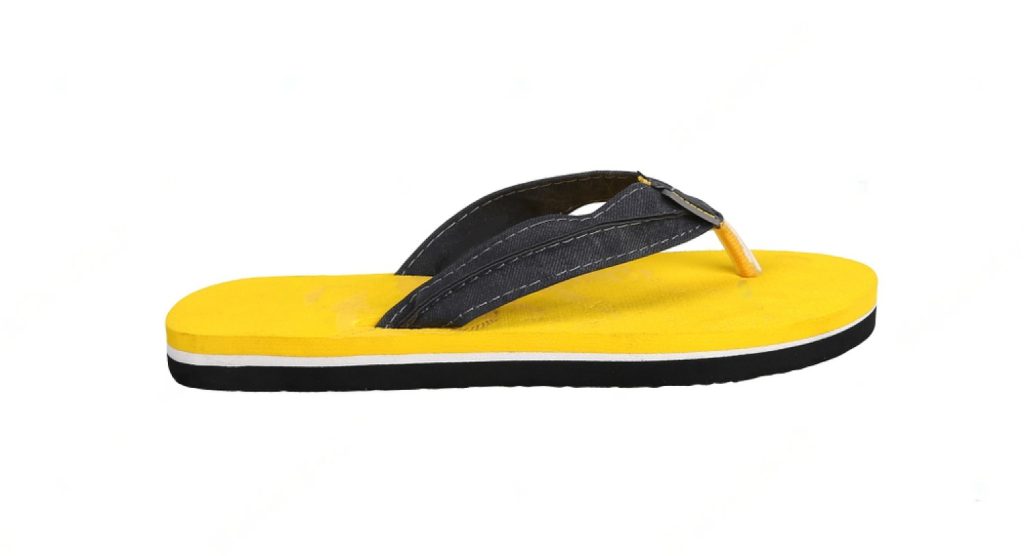
These types of soles are heavy and are found at a lower price than others in the market, these soles generally do not have a special resistance to wear or heat, they do not show much flexibility and can be broken, and they are a little hard in the winter and a little in the summer. They are soft but have high resistance to water and absorb some moisture and are smooth in appearance and do not have holes as injection holes. The sound produced by these soles when walking is louder and harder than other materials, and a sound similar to small hits on the surface and pom pom can be heard from it.
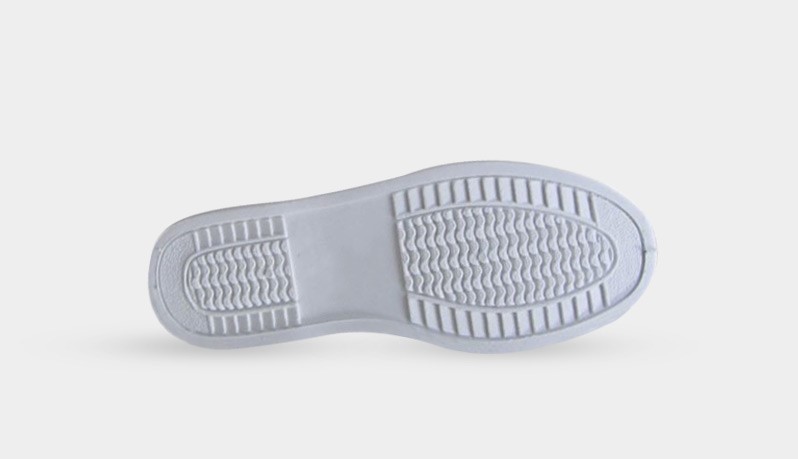
This type of sole is a combination of TPU and PVC and has high resistance to slip and wear and creates good friction on slippery surfaces. It is similar to the sound of a bird or chirping while walking and may seem embarrassing in closed halls.
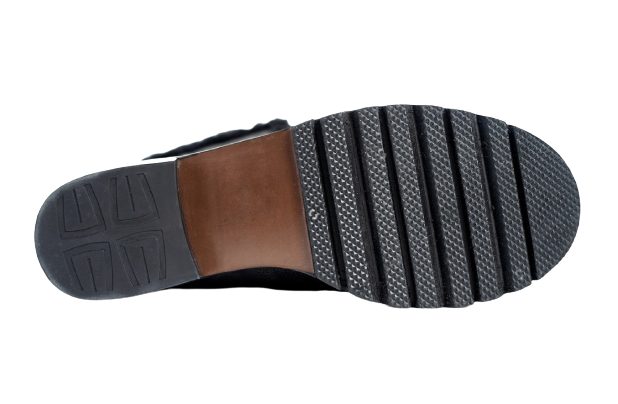
This type of sole is made of thick, strong and beaten leather, and its appearance is completely similar and recognizable to other leathers, and it has no special resistance. This type of sole produces a loud sound like a tap while walking.
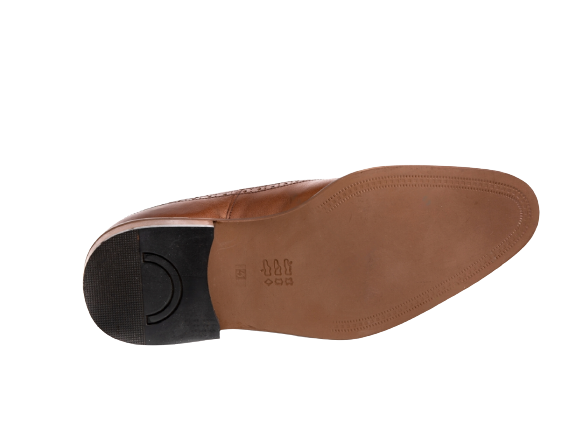
Pio soles are usually light weight and have a smooth and shiny surface. They are less thick and have less texture than plastic or PVC soles.
TPU soles are similar in appearance to PVC, but they are stronger.
The flexibility of PU soles is more than others. T-PU is less flexible and stronger, and PU soles are generally not flexible.
PU and thermo soles, TPU provide good traction and friction on slippery surfaces, while PVC is often slippery on wet surfaces.
TPU soles are more durable than others, then PU and PVC, PVC may crack or flake over time, and PU may wear out over time.
PU soles are more comfortable than TPU, Thermo and PVC, and if it is molded correctly, it applies pressure equally in all directions and is not annoying.
In terms of weight, PVC is the heaviest and PU and EVA are the lightest.
Pio material has a higher price than TP and Thermo and PVC has a lower price.
Also, the difference between pew and PVC is obvious in terms of appearance, and if you look from the bottom corner, pew is thicker than PVC, and if you burn them with fire, the smell of pu is thinner than PVC.